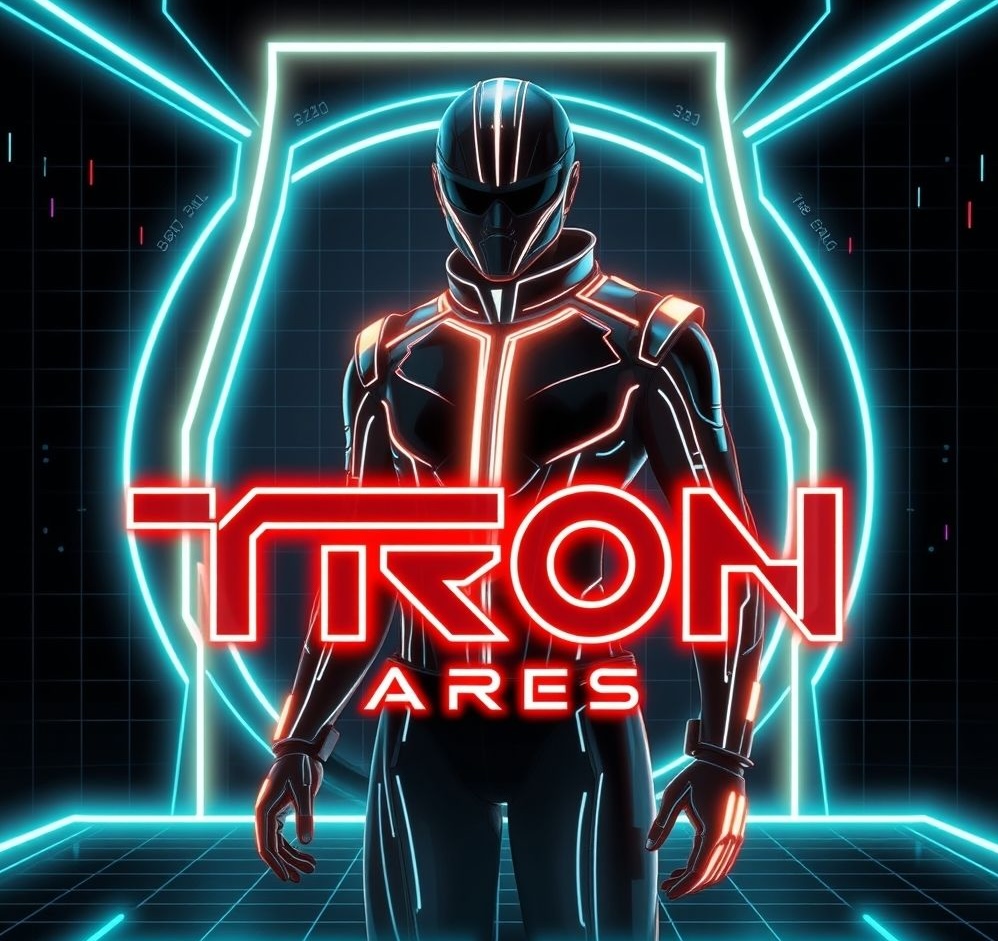Tron: Ares – Decoding the Anticipation for the Grid’s Return
For over four decades, the hum of the Grid has echoed in the collective consciousness of tech enthusiasts and cinephiles alike. A world built of light, energy, and pure code, where programs duel with disc and race on light cycles – it’s a digital frontier that felt impossibly futuristic in 1982 and remarkably prescient in 2010. Now, the circuits are powering up once more. After years in development limbo, the highly anticipated third installment, officially titled Tron: Ares (or simply, Tron 3), is finally nearing release. But in a world saturated with digital realities, sophisticated AI, and photorealistic VFX, what does a return to the Grid mean for us now, and can this new entry live up to the franchise’s legacy of pushing boundaries?
A Legacy Forged in Pixels and Light
To understand the weight of anticipation surrounding Tron: Ares, one must revisit its origins. The original 1982 Tron wasn’t just a movie; it was a statement. It was one of the first films to extensively use computer-generated imagery (CGI), a bold experiment by Disney that, while not a massive box office hit initially, became a cultural touchstone. It captured the burgeoning sense of wonder and anxiety surrounding the nascent digital age, imagining a tangible world *inside* the computer.
Nearly three decades later, 2010’s Tron: Legacy resurrected the franchise with a visual and sonic spectacle. Boasting cutting-edge VFX for its time and an iconic, pulsating score by Daft Punk, it expanded the lore, explored digital father-son dynamics, and doubled down on the aesthetic that fans adored. It proved the Grid’s enduring appeal, even if the narrative drew mixed reactions from critics.
Tron 3 Trailer:
The gap between Legacy and Ares has been another significant one, almost 15 years. In this time, technology hasn’t just advanced; it has become ubiquitous. AI isn’t a sci-fi concept; it’s writing code, generating art, and passing bar exams. The metaverse, while still in its awkward phase, represents a real-world attempt to build persistent digital spaces. VR and AR are becoming more accessible. The world of 2025 is arguably closer to the ideas Tron first posited than even 2010 was.
Why the Long Wait? Why Now?
Reports of a third Tron film have circulated almost since Legacy’s release. Scripts were written, directors attached, and then… nothing. Disney seemed hesitant to revisit the property, perhaps due to Legacy’s solid but not spectacular box office performance relative to its cost. The reasons for the long gestation are complex, involving creative shifts, studio priorities, and finding the right angle to bring the story back.
The greenlight for Ares suggests that the stars—and perhaps the algorithms—have finally aligned. The current technological landscape likely plays a significant role. Themes of digital identity, artificial sentience, and the blending of realities are more relevant than ever. A new *Tron* movie arriving in the age of generative AI feels less like a nostalgic cash-in and more like a potentially timely exploration of where we’re headed.
Stepping into the Code: What We Know (and Speculate) about Tron: Ares

Official details remain somewhat guarded, but key pieces of information have emerged:
- Title & Character: The title Tron: Ares centers around a new character, Ares, played by Jared Leto. Leto has been attached to the project for years, and his casting as a potentially central figure, perhaps a rogue program or a powerful digital entity, is intriguing. Given his history of immersive performances, his portrayal of a being born within the digital realm could be a film highlight.
- Story Focus: Early reports and leaked plot details (which should be taken with a grain of salt) suggest the film might explore a program or AI from the Grid crossing into the human world, a reversal of the premise of the first two films. This could open up fascinating narrative possibilities about the nature of reality, consciousness, and the consequences of digital life escaping its confines.
- Creative Team: Joachim Rønning, known for Pirates of the Caribbean: Dead Men Tell No Tales and Maleficent: Mistress of Evil, takes the directorial reins. Jesse Wigutow, who also worked on earlier iterations of the script, is credited with the screenplay.
- Production Status: After delays due to strikes, production has been underway, with glimpses of practical sets and costumes fueling fan excitement.
Speculation is rampant. Will there be cameos from previous characters like Sam Flynn (Garrett Hedlund) or Quorra (Olivia Wilde)? Is Kevin Flynn (Jeff Bridges) gone for good, or could he reappear in some digital form? How will the film visually update the iconic Grid aesthetic for the 2020s? The potential for world-building and character development in this unique universe is vast.
The Technological Imperative: VFX in the Age of AI
A Tron film isn’t just about the story; it’s about the spectacle. The franchise is synonymous with groundbreaking visual effects. The original was a pioneer in CGI; Legacy pushed volumetric capture and digital de-aging. For Ares to matter in the current landscape, it needs to innovate again.
We are now in an era where AI is increasingly used in film production, from generating concept art to assisting with animation and de-aging. Ray tracing, once a distant dream, is now commonplace in gaming and becoming more integral to film rendering pipelines, promising hyper-realistic reflections and lighting that could make the Grid’s aesthetic truly pop like never before.
The challenge for Ares is to use these tools not just for flash, but to serve the story and build a convincing digital world. How can they make the programs feel like sentient beings? How can the transitions between the human world and the Grid feel seamless yet impactful? The film has an opportunity to set a new benchmark for how we represent digital realities on screen.
The Stakes Are High

Bringing back a beloved, visually distinctive franchise after a long absence is always a gamble. Fans have high expectations, rooted in nostalgia and a desire for the series to finally realize its full potential. *Tron: Ares* needs to:
- Deliver Visually: It must look stunning and innovative, evolving the aesthetic without abandoning it.
- Tell a Compelling Story: The narrative needs to be more robust and universally engaging than *Legacy*’s was perceived to be by some.
- Feel Relevant: It needs to grapple with contemporary tech themes in a meaningful way, making the Grid feel like a relevant metaphor for our current digital lives.
- Introduce Engaging Characters: Ares and any new human protagonists need to be captivating and carry the emotional core of the film.
Conclusion: Logging Back In
As we await the official “End of Line” for production and the eventual theatrical release, the anticipation for *Tron: Ares* is palpable, particularly among those who grew up fascinated by the Grid. This is more than just another sequel; it’s a chance for a pioneering franchise to redefine itself in the era it helped foreshadow.
Can Tron: Ares capture the visual magic, expand the mythology compellingly, and offer a story that resonates in our increasingly digital world? The potential is undoubtedly there. If it succeeds, Ares won’t just be a welcome return to the Grid; it could re-establish Tron as a vital voice in the ongoing conversation about technology, identity, and the frontiers of human experience, both physical and synthesized. The game, it seems, is back on.
Also Read: everything-about-avatar-3-trailer-and-release-date

